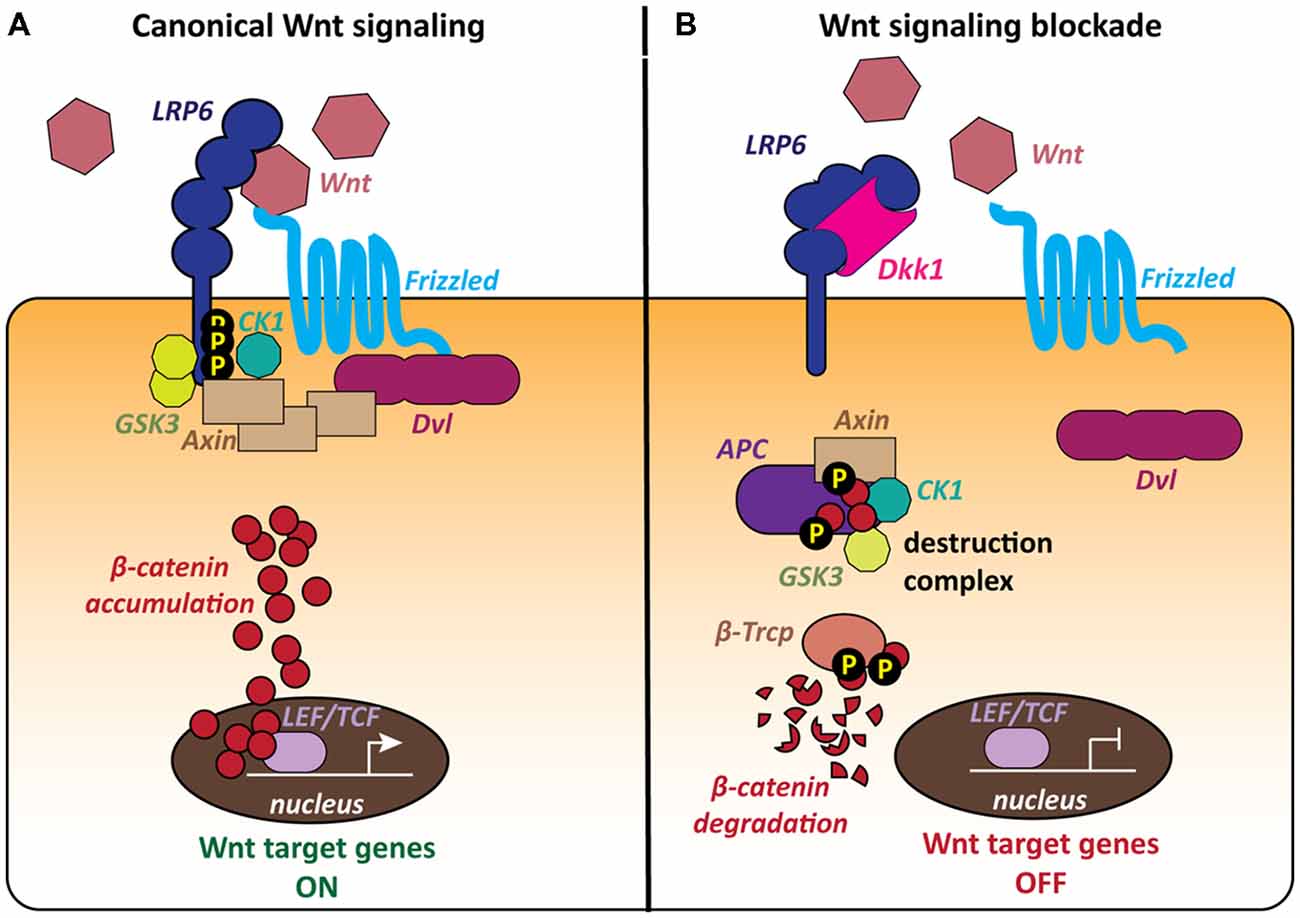
Here we review the current state and clinical validation of these next-generation therapeutics. This includes the abovementioned pioneering examples as well as designed ankyrin repeat proteins (DARPins). However, despite strong interest from basic science, only a handful of those protein scaffolds have undergone biopharmaceutical development up to the clinical stage. In fact, engineered protein scaffolds with useful binding specificities, mostly directed against targets of biomedical relevance, constitute an area of active research today, which has yielded versatile reagents as laboratory tools. This proximity cuts down the time required for. They do this by serving as a docking site for multiple protein partners in the cascade so they can be near each other. Scaffold proteins help relay the message between the cell membrane and nucleus faster. a hinge-binding scaffold hopping strategy to design new CAMKK2 inhibitors. Since then, this concept has expanded considerably, including many other protein templates. Protein scaffolds are members of the signaling cascade downstream of cell surface receptors. calcium/calmodulin-dependent protein kinase kinase 2 (CAMKK2) inhibitor.

Early examples were the Affibody, Monobody (Adnectin), and Anticalin proteins, which were derived from fragments of streptococcal protein A, from the tenth type III domain of human fibronectin, and from natural lipocalin proteins, respectively.

The concept of engineering robust protein scaffolds for novel binding functions emerged 20 years ago, one decade after the advent of recombinant antibody technology.


 0 kommentar(er)
0 kommentar(er)
